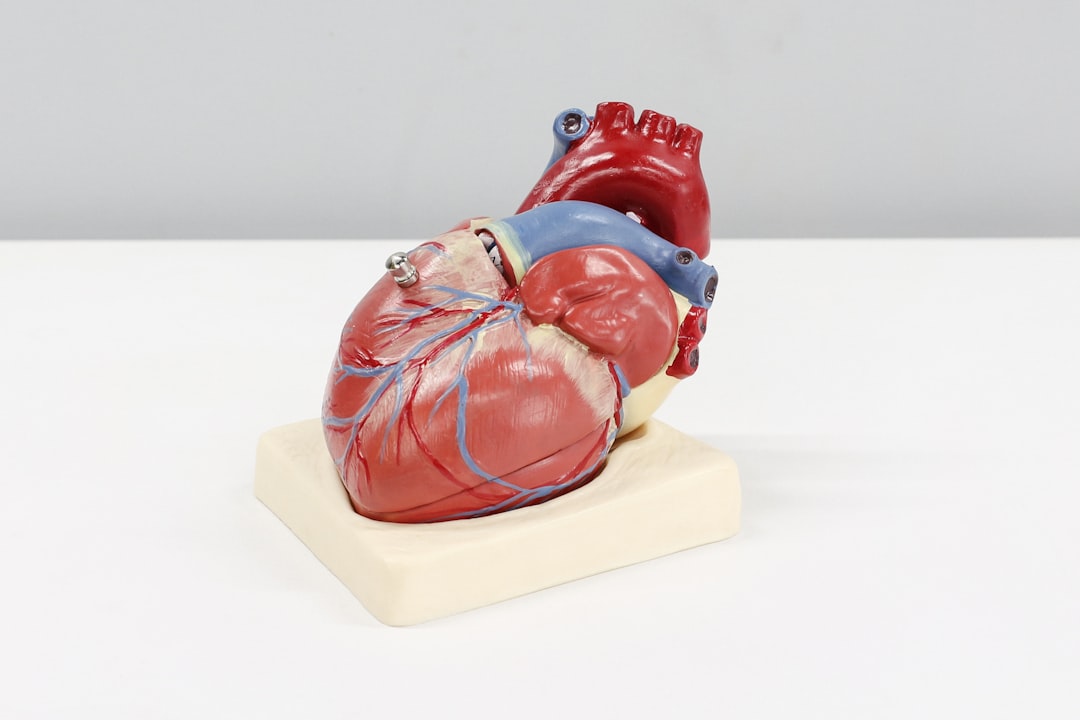What is it about?
This article is about the meaning of the activity process beyond the purpose of function, performance, and outcome. Expounding on the seminal work of psychoanalytic occupational therapists to posit a symbolic, relational, and transformative view of activity, I shed light on how the above lens can deepen the understanding of “doing” to provide clinicians with crucial insights into a client’s inner world and the dynamics of the therapeutic relationship.
Featured Image
Why is it important?
It is important so that we as clinicians do not limit the inherent richness of an activity's symbolic, relational and transformative meanings, especially for the people we work with. To reframe the activity process beyond just function is to map peoples lived experiences and restore their dignity, humanity, belief in Self, aspirations and citizenship; as well as, demonstrates an interest and curiosity about the dialectical aspects of the client-therapist relationship and the inner world of the people we work with.
Perspectives
This article also gives primacy to the therapist in occupational therapy - that therapeutic relationship is not about engagement in an activity in the presence of a therapist period. This is an unembellished formulation. it is about understanding how the therapist sued themselves intentionally to create the conditions for a healing and repairing space.
Ms Lorraine Michael
Read the Original
This page is a summary of: “So Can She Cook?” The Activity Process beyond a Narrative of Function, International Journal of Mental Health, August 2016, Taylor & Francis,
DOI: 10.1080/00207411.2016.1215219.
You can read the full text:
Contributors
The following have contributed to this page










